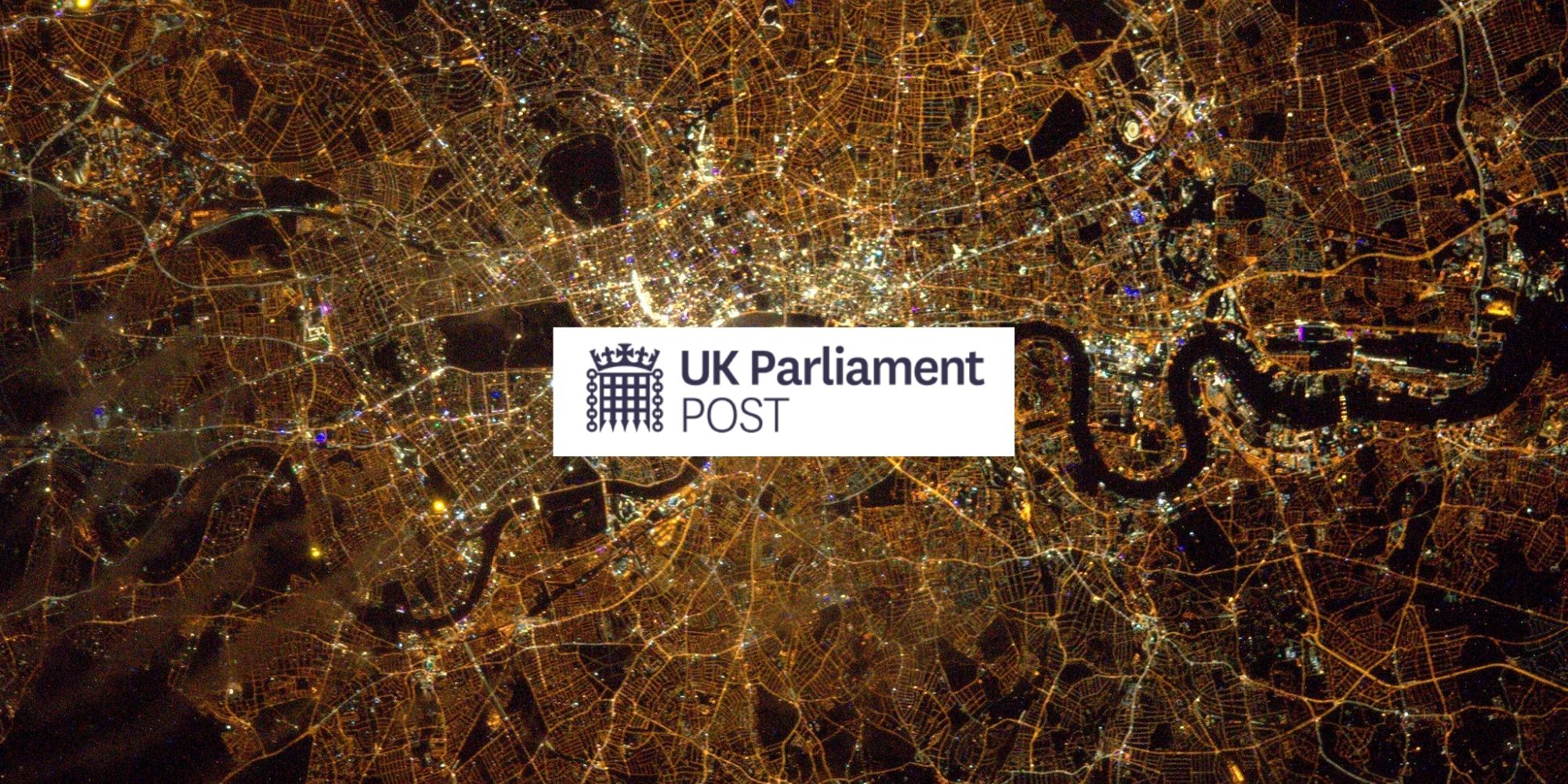Report
Smart Cities
“Smart cities” describes places that incorporate a range of technologies (especially those that collect and use data) to address economic, social, and environmental challenges. Projects usually take place in urban areas, but are also deployed in rural settings. This POSTnote looks at smart city innovation in the UK and the technologies involved. It considers the factors driving the adoption of smart city technologies, and the potential benefits, barriers and risks associated with their implementation.
The term ‘smart city’ often refers to the use of digital technologies and data to improve places by providing citizens with social, economic, and environmental benefits. However, there is no official definition, and alternative terms such as ‘connected places’ and ‘future cities’ are growing in usage.
Applications and potential benefits
Smart city projects may be implemented by local authorities, universities, transport operators, utility providers or other organisations. The technologies involved vary between projects, but can include sensors and other internet of things devices, digital twin modelling, edge computing, and 5G technology. Projects range from the small-scale use of technology to optimise an isolated process such as audio sensors for water leak detection, to city-wide data collection networks for the operation of public services.
Smart city projects can raise productivity, create jobs, improve safety, provide environmental benefits, and make public services more efficient and accessible. For example, following £24 m of public funding in 2013, the Future City Glasgow project reported an initial return on investment of £144 m by 2017 and predicted substantially larger ongoing benefits. Other UK Cities that have implemented smart city projects include Belfast, Birmingham, Bristol, Hull, Manchester, Milton Keynes, London and Peterborough.
Drivers of smart city adoption
Technical innovation and decreasing component costs are helping to drive the development and adoption of smart city technologies. Public investment in these technologies and the infrastructure underpinning them is also an important driver. Recent Government investment includes an announcement in 2020 of £5 bn to make gigabit-capable broadband available nationally, and £50 m made available in 2021-22 to demonstrate the potential benefits of 5G technology.
Barriers to adoption
Barriers to the adoption of smart city technologies may include a lack of technical skills and funding within local authorities, regulatory hurdles for large-scale projects, and a lack of public trust. Increased digitisation during the COVID-19 pandemic has accelerated the development and implementation of many technologies. Nesta, an innovation charity, reports that the pandemic has shifted local authorities towards new operating models, including greater flexibility in staff roles and the digitisation of processes. While this focus on digitisation may accelerate some aspects of smart city implementation, re-allocation of staff, changing priorities and the additional financial demands of the pandemic may reduce local authorities’ capacity for horizon-scanning and innovation.
Potential risks
Security and privacy concerns have been raised about the use of smart city technologies, particularly those that collect data about citizens’ behaviour, public services or critical infrastructure. Some projects have been criticised for prioritising the implementation of new technologies over citizens’ needs, and the degree of influence that smart city technologies may allow industry. Additionally, smart city projects may raise issues for inequality. For example, if the benefits of such projects are not experienced equally by rural and urban communities, of if they disadvantage those without digital skills or access to digital technology such as smart phones.




